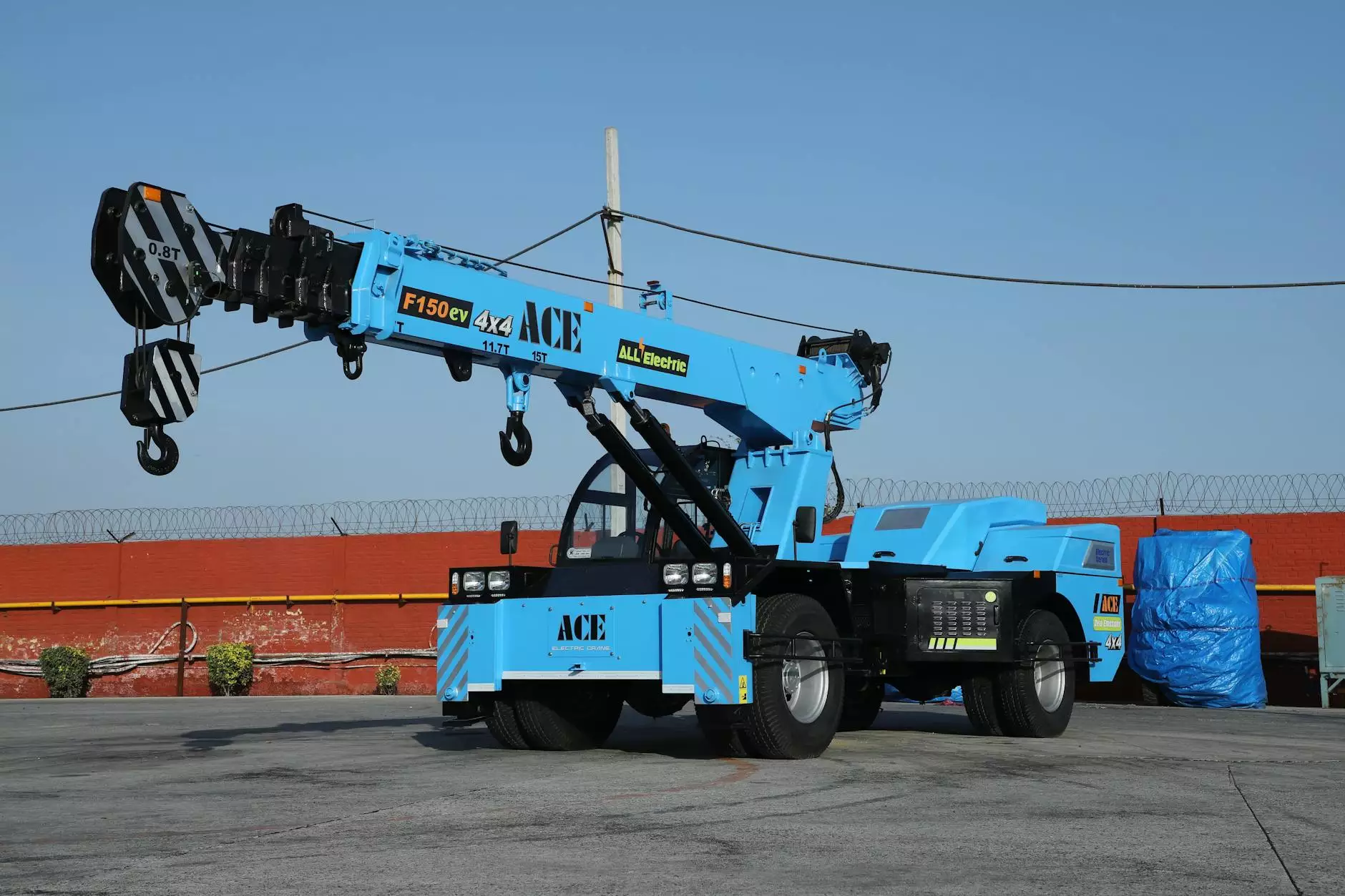Tendinopathy vs Tendonitis vs Tendinosis: Understanding the Differences and Their Implications

Tendinopathy, tendonitis, and tendinosis are terms frequently used in the health and medical field, particularly among chiropractors and physical therapists. They refer to conditions affecting the tendons, which are tissues that connect muscle to bone. While these terms are often used interchangeably, understanding their distinctions is crucial for effective diagnosis and treatment. In this comprehensive guide, we will delve into the nuances of each condition, helping you to distinguish between them and understand their implications further.
What is Tendinopathy?
Tendinopathy refers to a general term that encompasses various pathological conditions of tendons. It is characterized by tendon degeneration, which can result from repetitive stress, overuse, or injury. This condition is not merely inflammation (as seen in tendonitis) but rather involves a more complex set of changes in the tendon structure.
Causes of Tendinopathy
- Repetitive Motion: Activities that require repetitive movements, such as running, swimming, and certain sports.
- Aging: Tendons can weaken naturally over time, making them more susceptible to injury.
- Improper Technique: Poor biomechanics or inappropriate exercise techniques can place undue stress on tendons.
- Medical Conditions: Diabetes, obesity, and other metabolic conditions can predispose individuals to tendon issues.
Symptoms of Tendinopathy
Symptoms often include:
- Pain: A subtle or sharp pain that worsens with activity.
- Stiffness: Stiffness in the tendon area, especially after periods of inactivity.
- Swelling: Mild swelling and tenderness around the affected tendon.
Tendonitis Explained
Tendonitis specifically refers to the inflammation of a tendon. This condition is often acute, occurring suddenly and usually in response to an injury or overuse. Unlike tendinopathy, tendonitis involves an inflammatory response, which can lead to pain and swelling.
Common Causes of Tendonitis
Tendonitis can occur due to:
- Overuse: Engaging in repetitive actions without adequate rest.
- A sudden increase in activity level: Training excessively or taking on too much physical activity too soon.
- Age-related degeneration: Tendons lose their elasticity as we age, making inflammation more likely.
Symptoms of Tendonitis
Common signs include:
- Pain: Localized pain around the joint affected by the tendon.
- Swelling: Inflammation may cause visible swelling in the region.
- Heat: The area may feel warm to the touch.
Understanding Tendinosis
Tendinosis is a chronic condition featuring the degeneration of the tendon tissue due to prolonged stress and the absence of effective treatment. Unlike tendonitis, there’s little to no inflammation present in tendinosis, which often leads to changes in the structure of the tendon.
Causes of Tendinosis
The primary triggers for tendinosis include:
- Chronic Overuse: Continuous strain on the tendon without adequate recovery.
- Insufficient Blood Supply: Tendons may suffer from limited blood flow, which hampers healing.
- Age and Wear: Like tendinopathy, aging contributes significantly to tendon degeneration.
Symptoms of Tendinosis
People with tendinosis often experience:
- Persistent Pain: A dull, aching pain that lingers and can become more significant when the tendon is used.
- Reduced Strength: A noticeable decrease in tendon strength, affecting performance.
- Thickened Tendon: The tendon may feel thicker or nodular.
Distinguishing Between the Conditions
To effectively diagnose and treat these conditions, it’s critical to understand their differences. Here’s a comprehensive comparison:
ConditionInflammationDurationTypical SymptomsTreatmentTendinopathyNoChronicDiscomfort, stiffness, weaknessPhysical therapy, strengthening exercisesTendonitisYesAcuteLocalized pain, swelling, heatRest, ice, anti-inflammatory medicationsTendinosisNoChronicPersistent pain, thickeningPhysical therapy, possibly surgeryDiagnosis of Tendon Conditions
Correct diagnosis is essential in treating these conditions effectively. Healthcare professionals may use various methods:
- Patient History: Understanding activity levels and symptoms.
- Physical Examination: Assessing tenderness, pain responses, and functionality.
- Imaging Techniques: Ultrasounds or MRI scans might be employed to visualize tendon damage.
Treatment Options
Each condition requires a tailored treatment approach. Here’s a breakdown:
Treatment for Tendinopathy
To address tendinopathy, consider the following:
- Rest: Allowing the tendon to heal by avoiding aggravating activities.
- Rehabilitation Exercises: Gradually increasing strength and flexibility.
- Physical Therapy: Engaging with a professional to guide recovery.
- Cross-Training: Incorporating low-impact activities to maintain fitness without stressing the tendon.
Managing Tendonitis
For tendonitis, treatments may include:
- Rest and Ice: Essential for reducing inflammation.
- Physical Therapy: Exercises designed to restore flexibility and strength.
- Medication: Anti-inflammatory prescriptions to alleviate pain and swelling.
Addressing Tendinosis
Tendinosis can be more challenging to treat and may require:
- Physical Therapy: Focused on rehabilitating the tendon through targeted exercises.
- Extracorporeal Shock Wave Therapy: A non-invasive treatment that stimulates healing.
- Surgery: In severe cases, surgical intervention may be necessary to repair the tendon.
Preventive Measures
Regardless of the tendon condition, there are preventive measures you can adopt:
- Warm-Up Properly: Engage in proper warm-up and stretching exercises before physical activity.
- Strength Training: Strengthening muscles around the tendon can alleviate undue stress.
- Gradual Increase in Activity: Increasing intensity and duration of activities gradually helps prevent overuse injuries.
- Proper Footwear: Wearing shoes that provide adequate support can reduce the risk of tendon injuries.
Conclusion
Understanding the distinctions between tendinopathy, tendonitis, and tendinosis is critical for proper diagnosis and treatment. Each condition has its characteristics, causes, and methods of management, which can greatly affect the recovery process. By recognizing the signs and symptoms associated with these conditions, individuals can seek appropriate care and minimize injury risk. Always consult with a healthcare professional if you suspect a tendon issue to ensure that you receive a tailored treatment plan suited to your condition.
At IAOM-US, our commitment is to provide you with the best insights into health and medical conditions, alongside resources for education and support through your journey with pain management and recovery. Let us assist you in your path towards better health!
tendinopathy vs tendonitis vs tendinosis








